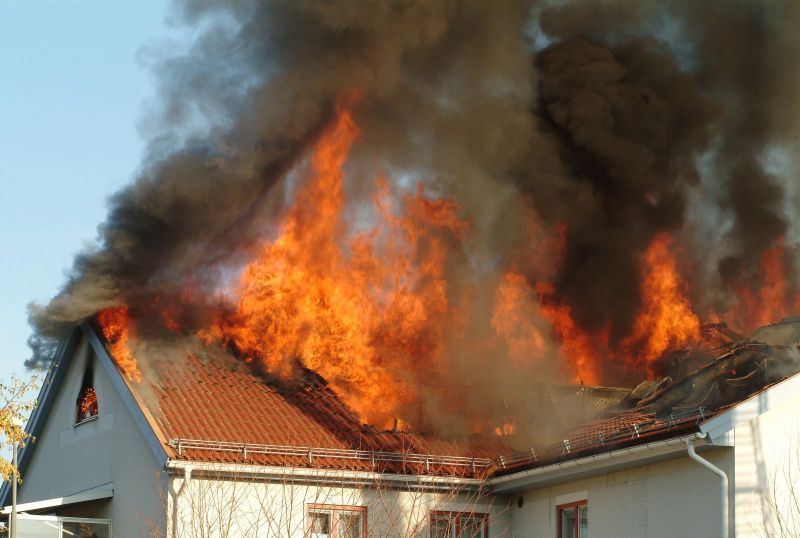Fires can be devastating events that cause significant damage to properties and pose a serious threat to the safety of occupants. Once the flames are extinguished, the process of fire damage restoration begins. However, it is essential to be mindful of potential secondary damage that can occur during the restoration process. Secondary damage can lead to increased costs, delays in the restoration timeline, and additional stress for property owners. In this article, we will explore the importance of preventing secondary damage during fire damage restoration and discuss some effective strategies to mitigate these risks.
Understanding Secondary Damage
Secondary damage refers to the additional harm or deterioration that occurs after the initial fire event. While the primary damage is caused by the fire itself, secondary damage often arises from the water and chemicals used to extinguish the flames, as well as from the smoke and soot that permeate the affected area. If not properly addressed, secondary damage can cause further deterioration of building materials, possessions, and even the structural integrity of the property.
Preventing Secondary Damage
Swift Action:
Time is of the essence when it comes to fire damage restoration. The longer the property remains exposed to water, smoke, and soot, the greater the risk of secondary damage. Restoration professionals should be contacted promptly to initiate the cleanup and restoration process. Swift action will help minimize the extent of secondary damage and improve the chances of successful restoration.
Water Extraction and Drying:
Water damage is a common consequence of fire suppression efforts. To prevent secondary damage such as mold growth and structural instability, it is crucial to extract water and thoroughly dry the affected areas. Restoration experts employ specialized equipment like pumps, vacuums, and dehumidifiers to remove water and moisture effectively.
Soot and Smoke Removal:
Smoke and soot can cause significant damage if not properly addressed. These substances can penetrate porous surfaces, leaving behind odors, stains, and harmful residue. Professional restoration companies utilize appropriate cleaning techniques, such as dry sponging, wet cleaning, and thermal fogging, to eliminate smoke particles and soot residues. By promptly removing these contaminants, the risk of secondary damage is greatly reduced.
Structural Inspection:
After a fire, the structural integrity of the building may be compromised. It is crucial to conduct a thorough inspection to identify any hidden damage or areas that require reinforcement. Restoration professionals should collaborate with structural engineers to assess the safety of the property before commencing restoration work. By addressing structural issues early on, the risk of further damage during the restoration process can be minimized.
Content Restoration:
In addition to structural damage, fires can also cause harm to personal belongings and valuable assets within the property. Restoration experts can assess the condition of these items and provide specialized restoration techniques to salvage and restore them whenever possible. This approach not only mitigates secondary damage to possessions but also helps reduce emotional distress for property owners.
Air Quality Management:
Fire events often result in poor air quality due to smoke and other airborne contaminants. Restoration professionals should employ advanced air filtration systems and ventilation techniques to improve indoor air quality during the restoration process. This helps protect the health and well-being of the occupants and prevents the spread of harmful particles that can cause secondary damage.
Preventing secondary damage during fire damage restoration is essential to minimize costs, maintain timelines, and restore properties successfully. By taking swift action, extracting water, removing soot and smoke, conducting thorough structural inspections, restoring contents, and managing air quality, restoration professionals can effectively mitigate the risks of secondary damage. Property owners should prioritize hiring experienced and reputable restoration companies that understand the importance of these preventive measures. By doing so, they can ensure a smoother and more efficient restoration process, bringing their properties back to their pre-fire condition while minimizing further harm.

